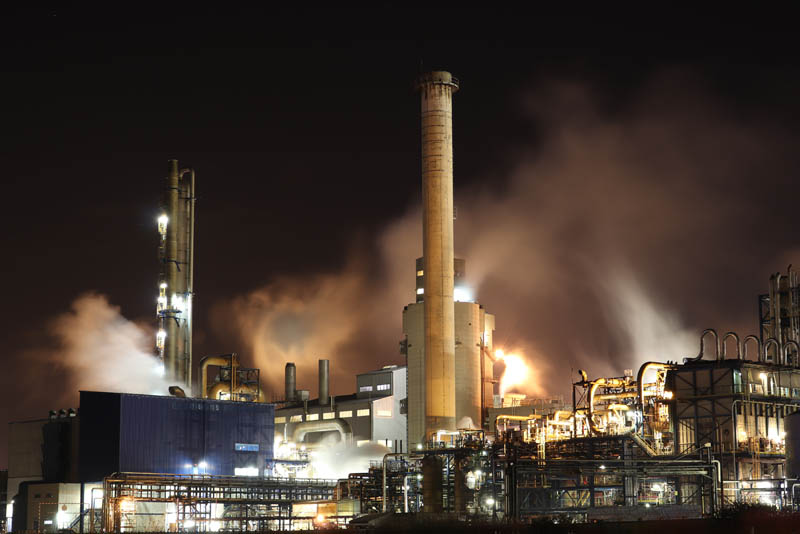
The best way to avoid asbestos-related diseases, such as mesothelioma is to always ensure that you wear proper protective gear when working around it. This is why remediation teams that remove asbestos from buildings have special hazardous material suits that they wear, along with highly-rated (P-100) masks to filter the particles out of the air.
But not everyone is part of a remediation team. One of the problems with asbestos is that an average person may not even know that they’re being exposed in the first place. You generally cannot identify it yourself because the particles are too small for you to see, taste or smell. You could be handling materials that are infused with asbestos and breathing it in without any knowledge of the damage that it’s doing.
Mesothelioma is often delayed
Another part of the equation is that asbestos may not really have a negative impact on you at the moment that you inhale it. Exposure to toxic chemicals and other agents is often instant, but asbestos fibers lead to long-term issues, such as cancer. The main type of cancer, mesothelioma, often doesn’t show up until decades after the exposure. You may cough when breathing in dust, but odds are that nothing will happen that is drastic enough to show just how dangerous those fibers are.
What this means is that you could be exposed to a level of asbestos that is going to lead to mesothelioma in the future, but you won’t know that it happened, and you won’t know how serious the ramifications are until later. This can make these types of cases very complicated as you gather evidence for exposure and/or your medical condition, and that’s why you need to make sure you know about all of the legal options at your disposal.
